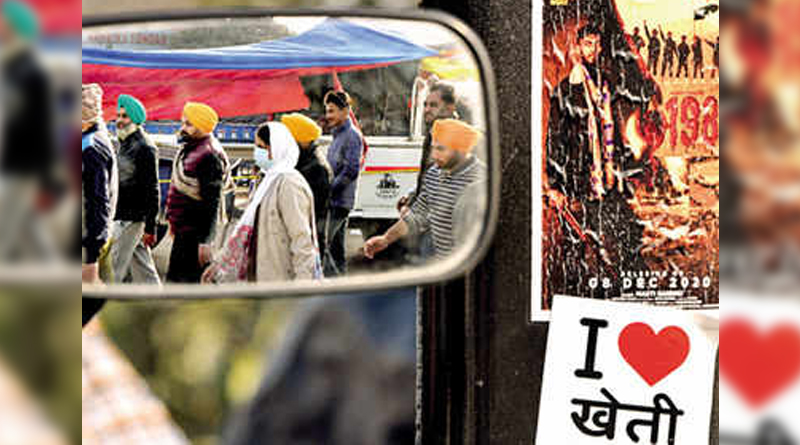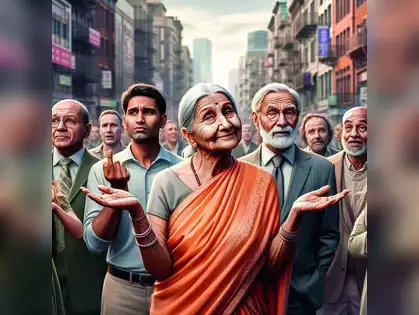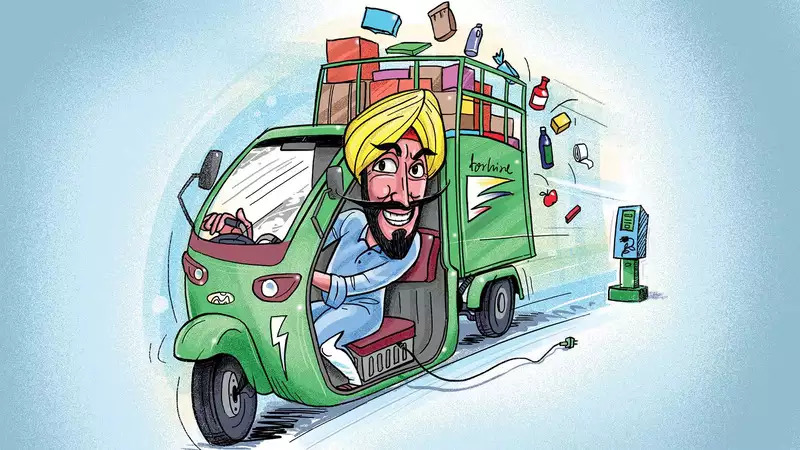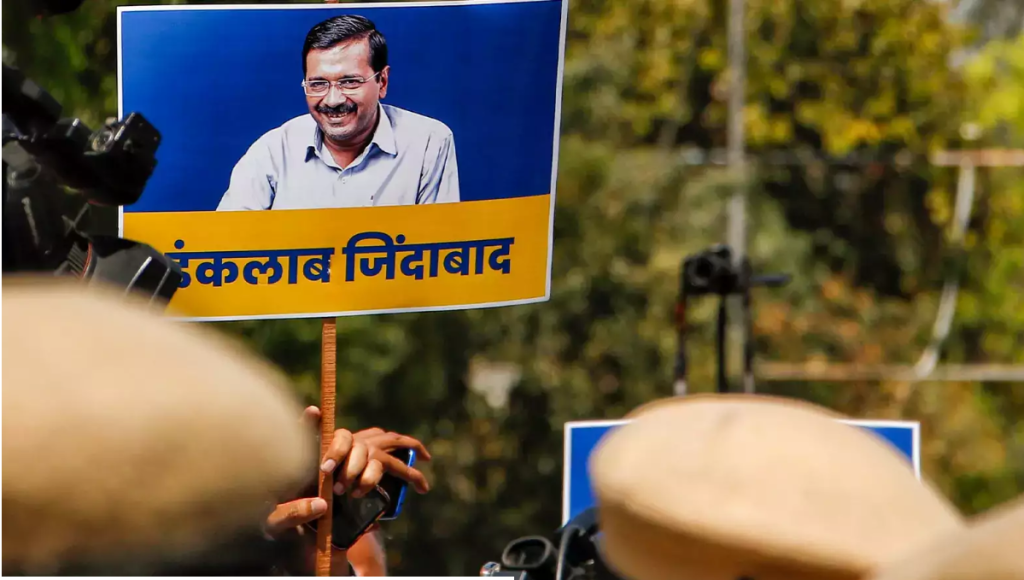Covid apart, what was 2020’s main trend? Some say Hindutva rose and civil liberties fell. The Economist claimed India was moving towards a one-party state. I would argue exactly the opposite. India has proved that multi-party democracy and dissent are alive and kicking, halting dangerous BJP initiatives.
Six years of BJP rule have made India more illiberal and less secular. Hindutva has gone from fringe to mainstream. Many now demand statues of Nathuram Godse, Mahatma Gandhi’s killer. Independent institutions have been cowed and eroded. The misuse of laws on unlawful activities and sedition, started by the Congress, has been taken to unprecedented heights by the BJP. Love jihad laws are the latest attempt of BJP-ruled states to communalise politics. Analysts say this shows India is becoming an authoritarian, one-party state.
Sorry, the big story is that despite great pressures, civil society, opposition parties and independent institutions have fought back to thwart any chance of one-party authoritarianism. The proof of democracy is free and fair elections. The BJP not only held such elections but fared badly in 11 of the last 12 state elections in Karnataka, Rajasthan, Madhya Pradesh, Chhattisgarh, Odisha, Telangana, Andhra Pradesh, Maharashtra, Haryana, Jharkhand and Delhi, before winning narrowly in Bihar. The map attached shows the dramatic shrinkage of states ruled by the BJP since 2018. The one subsequent change is the toppling of the Madhya Pradesh government through defection. Still, when the BJP’s footprint is shrinking dramatically, can this possibly be called a movement towards a one-party state?
Modi’s landslide victory in the 2019 general election generated talk of a Hindutva wave. In fact, that election was won by Modi’s aggressive nationalism — surgical strikes and the Balakot bombing — rather than communalism. Immediately after Balakot, a Times Now poll showed a 7% increase in Modi’s popularity. This proved to be the exact increase in the party’s vote share in 2019.
The most communal election of 2020 was in Delhi. The BJP portrayed student and Muslim demonstrators, especially at Shaheen Bagh, as anti-national and pro-Pakistan. Yet the BJP was thrashed, winning just 8 of 70 seats.
Modi’s 2019 general election victory diverted attention from his thrashing in simultaneous state elections in Odisha, Telangana, and Andhra Pradesh. Academic Christophe Jaffrelot says India has become a de facto Hindu state. This has some truth in Uttar Pradesh, but not in other vast parts of India. In Andhra Pradesh, the winning regional party, YSR Congress, was led by a Christian, Jaganmohan Reddy. His party got 151 of the 171 seats and 49.9% of the vote, against the BJP’s zero seats and 0.84% of the vote. Is this de facto Hindu rule?
The scale of Modi’s general election victory in 2019 so demoralised opposition parties that they made little effort to stop the abolition of Article 370 of the Constitution or the conversion of Jammu and Kashmir into two Union territories. The Congress had abandoned Nehruvian secularism for Rahul Gandhi’s soft Hindutva line (he claimed to be a Shiv bhakt) but the gambit failed utterly at the polls. In this climate, both houses of Parliament passed the Citizenship Amendment Act, a nonsecular fast-tracking of citizenship for refugees from neighbouring countries except Muslims.
Emboldened by this, home minister Amit Shah proposed an all-India national register of citizens. A similar register had been tried in Assam and failed to identify illegal Muslim immigrants. Assam’s residents were asked for documents to prove residence and place and birth. But in a largely paperless state, of the 1.9 million people without documents, no less than 1.2 million were Hindus and only 0.6 million Muslims. The attempt to identify and deport Muslim immigrants flopped.
Yet Shah proposed an all-India NRC. This could have revealed up to 80 million people without requisite documents. Of these, the CAA could allow non-Muslims to get citizenship but not Muslims, millions of whom feared internment and statelessness.
Students across India exploded in protest. So did Muslim women at Shaheen Bagh and other places. This restored the morale of hitherto demoralised opposition parties. All non-BJP states refused to implement the NRC, CAA, or both. Since state governments control the police and administration, this stymied Shah. In Bihar, the BJP (reportedly with Modi’s approval) voted for an all-party resolution against any national NRC, which has now been shelved. Far from winning, this communal ploy was defeated.
Agitating farmers have now stymied the BJP a second time. But do not get complacent. India is definitely getting more illiberal and less secular. Fortunately, it is still far from an authoritarian, one-party state.





